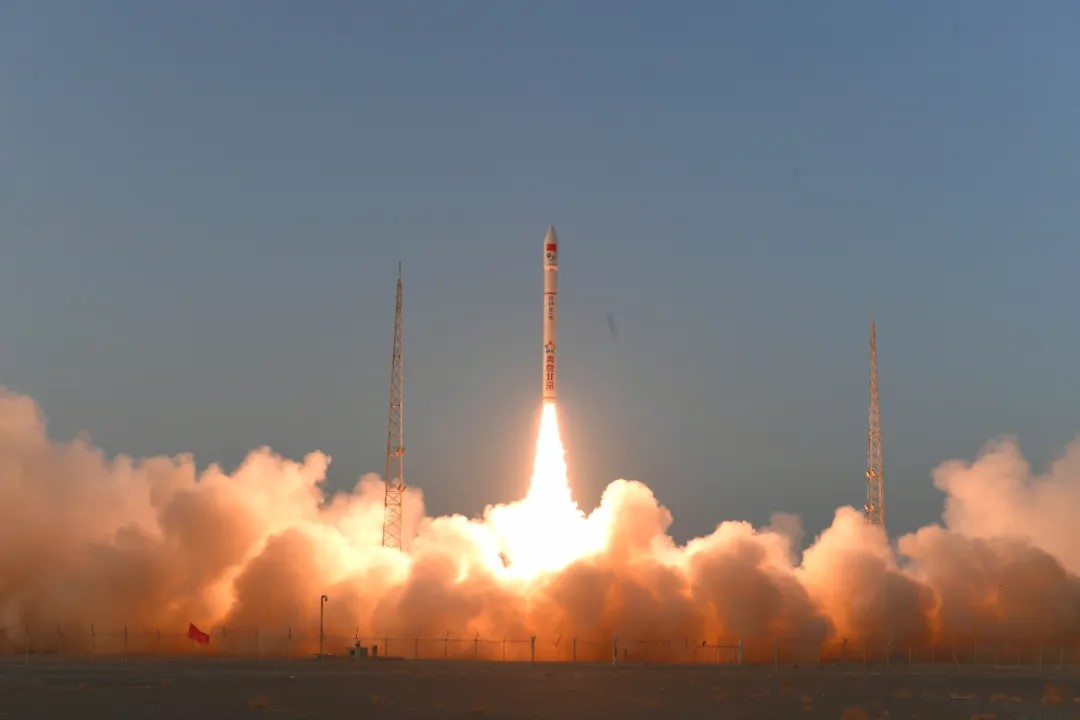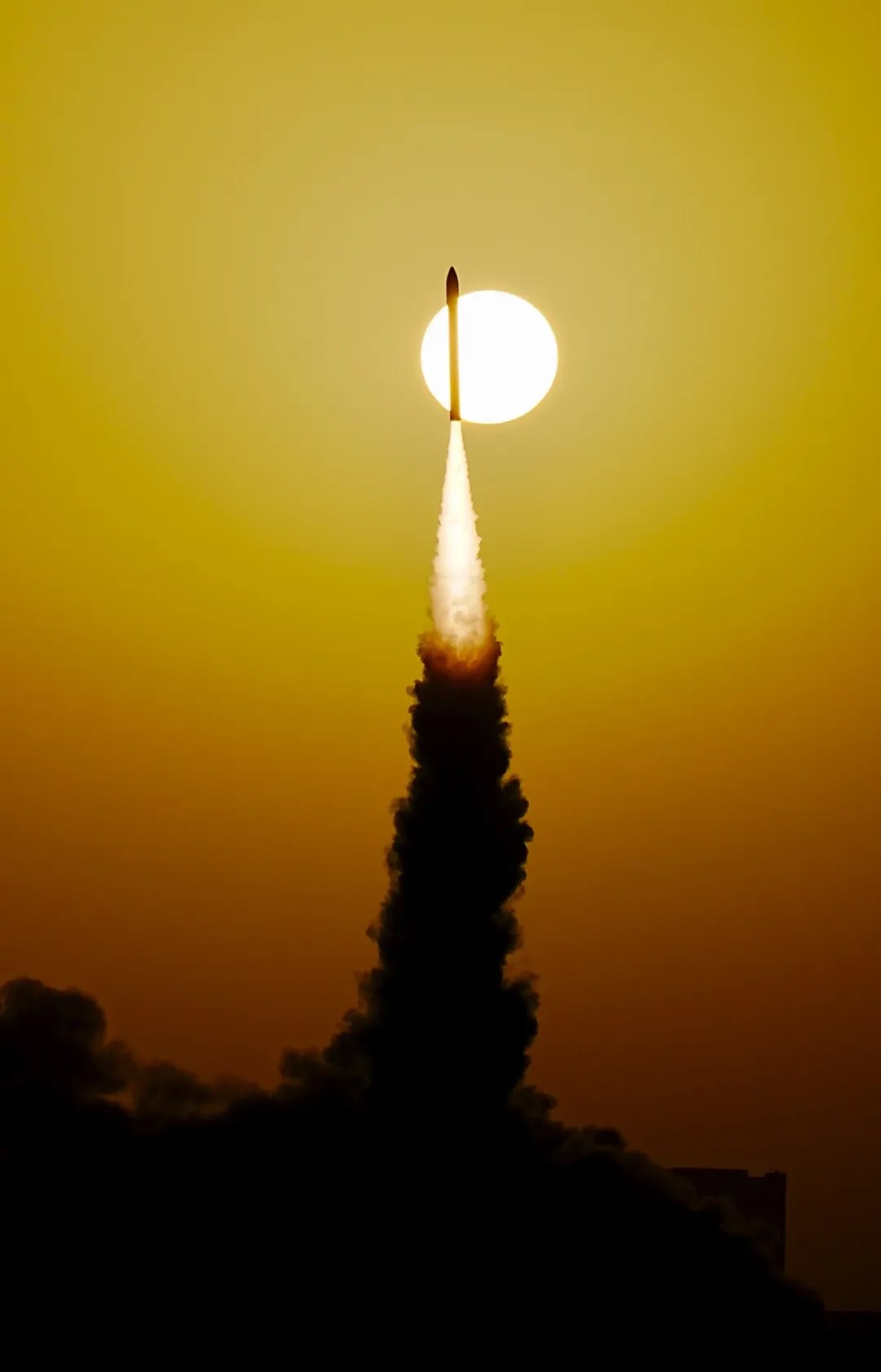At 19:07, Beijing Time, on March 21, 2025, Galactic Energy Aerospace Company successfully launched the Ceres-1 (Y17) carrier rocket (mission code: VERNAL ASCENT) from the Jiuquan Satellite Launch Center, delivering six satellites, namely Yunyao Meteorological Constellation Satellites 43-48, into a 535km Sun-synchronous orbit. This marked another successful launch within five days, following the successful launch of the Ceres-1 (Y10) earlier in the week on Monday.


The core meteorological observation payloads carried by the six Yunyao Meteorological Constellation Satellites 43-48 are GNSS radio occultation (RO) detectors. These detectors can retrieve information on atmospheric temperature, humidity, pressure, and ionospheric electron density by inverting the refraction data of GNSS signals, holding broad application prospects and value in the field of meteorological observation.
The Yunyao Meteorological Constellation is a core project under construction by Yunyao Aerospace, aiming to establish a global networking constellation of 90 commercial meteorological satellites in orbit. This constellation will form a real-time global atmospheric and ionospheric detection system, serving global weather forecasting and a myriad of industries, while providing real-time weather forecasting information for countries along the Belt and Road. So far, Galactic Energy has launched 22 Yunyao series satellites, accelerating the networking construction of the satellite constellation.
This mission also carried an electronic chip for the "Skyward Flight Plan," jointly developed by Galactic Energy and the renowned bakery brand Yupinxuan. Through Yupinxuan's cake reservation system, the chip collected wishes and blessings from 40,051 users, which were sent into space along with the rocket, allowing the blessings to coexist with the stars.
At present, the Ceres-1 rocket has successfully completed 18 launches, sending 77 satellites into their predetermined orbits. It is the commercial carrier rocket with the highest number of launches, the most satellites launched, and the highest success rate in the private aerospace sector, continuously contributing to the development of China's commercial aerospace industry.
The mission also received full-chain communication support from Sina Weibo, a long-term strategic partner.
